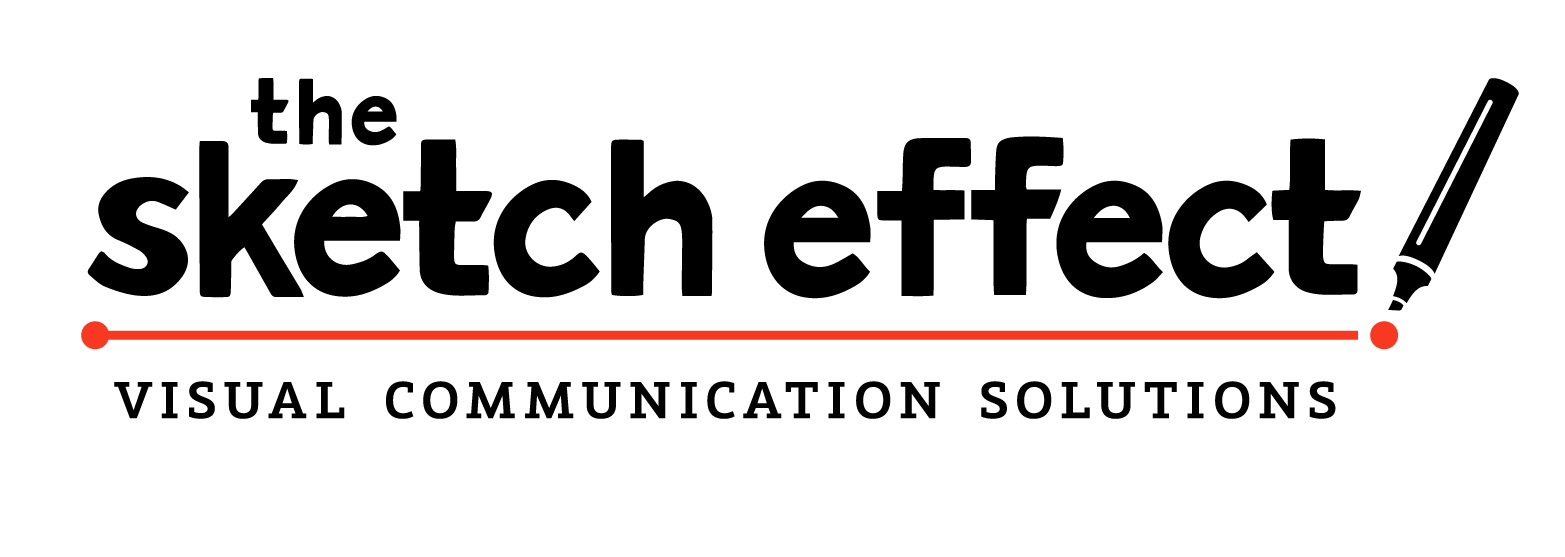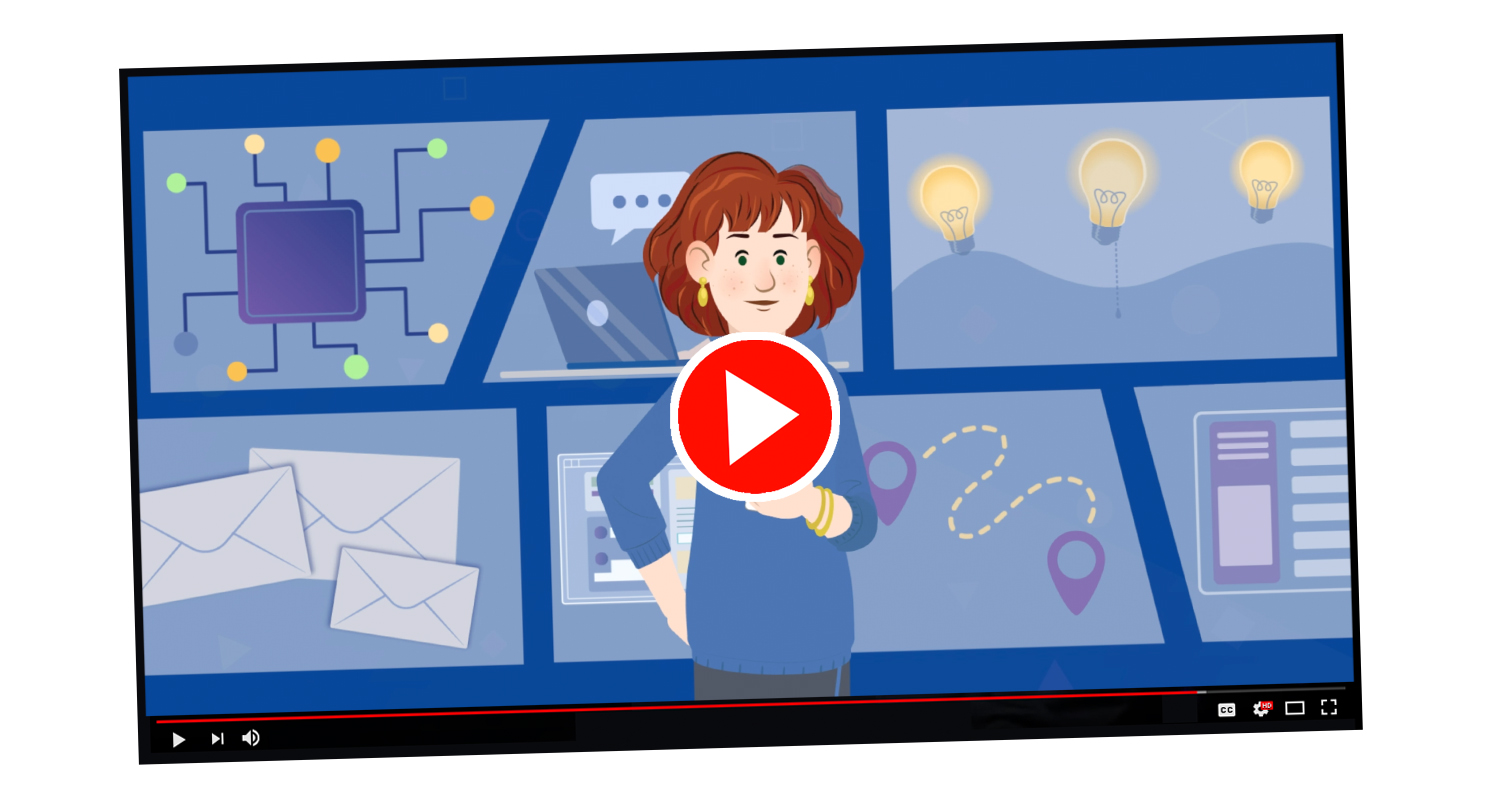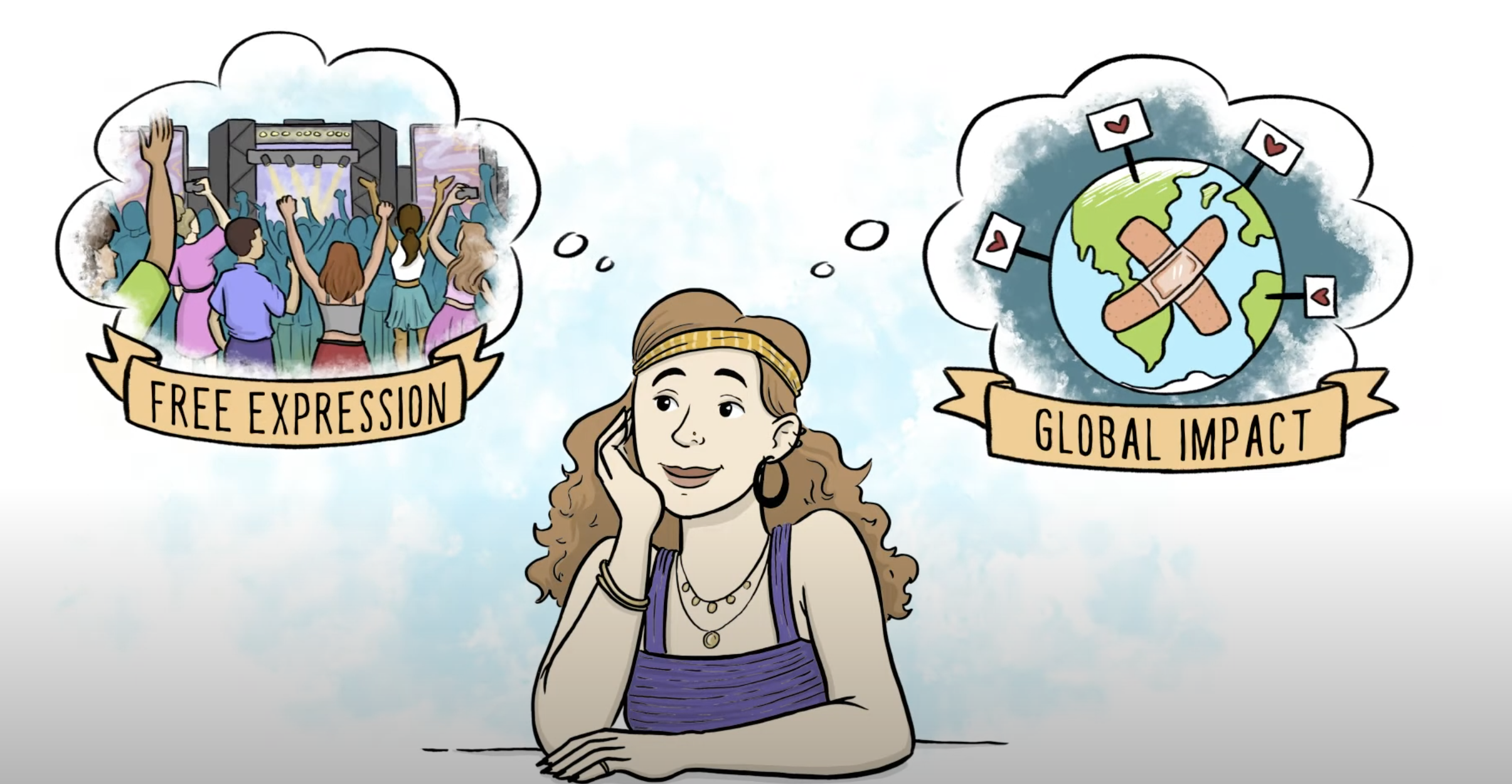The way potential customers consume marketing and communication has changed drastically over the years, and even more now than ever as we become increasingly saturated in video content. To drive and convert leads, communicate with internal audiences, and convey important messages, businesses need to be able to tell compelling stories about how their product or service, idea or message will help internal or external consumers solve problems.
Here’s your quickstart guide to how video animation can be used for better storytelling for your business and marketing efforts.
What Is Video Animation?
Animated videos are video marketing and communication tools that have been created using animated visuals. These visuals typically consist of whiteboard drawings, motion graphics, 2-D animated visuals, comic-style illustrations, 3-D renderings, or computer-generated graphic design icons and visuals.. They are then converted into motion design (aka “made to move”) by employing a variety of animation methods, tools and programs.
Occasionally, live-action video may be used in some projects to bring characters to life, for creative purposes, or to add an element of realism. However, no live-action recording is required for animated videos to successfully convey an idea or message. This is one of the main strengths of video animation: it requires no actors, no sets, no lighting or audio rigs. This gives users of video animation a whole range of flexibility, conceptual freedom, and generally quicker production timelines.
Why Video Animation & Motion Design Are Now Critical for Businesses
Without a doubt, video marketing and communication has surged in popularity over the last decade, becoming an essential component of successful marketing and communication strategies. As a result, viewers are estimated to be four 4x more engaged with a video about a product or service than they are reading about it. Video marketing and communication also has a high return on investment (ROI), meaning you get much more than you pay for in long-term gains.
Sharing high-quality video content on your website, social media, internal company platforms, and other outlets is critical for successful communication and advertising in today’s competitive market. If video production is at the bottom of your organization’s priority list, you should move it up to become an integral element of your overall marketing plan, whether you’re targeting outside consumers or internal staff and stakeholders.
Types of Video Animation Styles
There are multiple video animation styles that can be used to make an impact on your target audience and drive your bottom line. These include but are not limited to:
Motion Graphics
Motion graphics is an animation style that features digitally created visuals and elements that move and transform on the screen. Typically, motion graphics are created using a vector-based software, like Adobe Illustrator. The result is a very clean and polished looking final video, which is ideal for more professional, corporate communications. As always, this style is used in conjunction with audio (script, music, and sound effects) and can convey a message or idea in simple conceptual terms.
While the terms “motion graphics” and “animation” are often used synonymously, motion graphics are actually a specific type of animation. Specifically, motion graphics refers to vector-based, digital graphics that move or are animated, while the term animation refers to the broader field of moving imagery.
How Are Motion Graphic Videos Used?
Television, web advertisements, explainer videos, tutorials, title sequences, corporate communications, trainings, and social media ads are all examples of where motion graphics can be employed in a campaign, either for marketing purposes or for internal communication.
2D Traditional Animation
Traditional animation, or 2D animation, is a type of animation that leverages hand-drawn illustrations, typically using a digital, raster-based drawing program like Adobe Photoshop. The 2D images are then sequenced to a level of realistic motion. Until the development of computer-generated animation, this was historically done in a very analog way, frame by frame and by hand (as was common in movies and television). Now, 2D animation software is used instead of pen and paper most of the time.
How Is 2D Traditional Animation Used?
2D traditional animation can be used to create:
- Character design and animation for cartoons
- Product or service highlight videos
- Internal training programs
- Visual Case Studies
- Cost-effective video marketing campaigns
- Explainer videos
Whiteboard Video Animation
Whiteboard animation is a video technique that shows illustrations and graphics being created live on screen in front of the viewer. The character animations are usually accompanied by a voice-over that takes the listener through the video’s story. Most whiteboard animation videos undergo similar stages of development as other types of animation and follow a similar production process.
For example, your whiteboard animation video will require a storyboard after the script and initial style frames are finished. The video will then be created and produced for your organization to use in various video marketing or communication campaigns.
Whiteboard Videos are typically made in one of two ways. The used actual filmed footage of a real artist drawing on camera, which an animator takes, speeds up, and the animates. This approach is the most effective and authentic, as each video is 100% unique and custom to the client. This approach is incredibly mesmerizing to a viewer, as watching an artist create visuals from a blank canvas is almost magic.
The second approach uses a digital software that fakes or simulates an artist drawing on camera. Although this is usually more cost-effective, quality can severely lack, the visuals tend to be more cookie-cutter, and most of these software’s use flat visuals from a common shared library of assets. The result is a Whiteboard video that looks sterile, not unique, and unimpressive. At The Sketch Effect, we exclusively use the first approach to serve our clients and their highly customized needs.
How Are Whiteboard Animation & Whiteboard Explainer Videos Used?
Whiteboard explainer videos can be used for nearly any purpose where users can benefit from simple, easy-to-understand explanations of a product or service.
A good explainer video should:
- Include captivating and engaging visual design
- Have a clear storyline and narrative from beginning to end
- Identify and address the viewer’s potential problems and empathize with their situation
- Present the benefits and potential caveats of the product, service, or idea in a straightforward manner
- Thoroughly describe how the product, service, or idea works and the different ways in which it can be used by consumers or stakeholders
- Show how the product, service, or idea can solve the customer’s problems
- Include a captivating call-to-action at the end that compels users to make the next move
Explainer videos and whiteboard animation videos generally perform best when they are 90 seconds or less in length. Additionally, your core messages should be contained within the first 30 seconds of the video. This helps drive initial engagement and fills consumers in on the most important points of your message at the beginning of the video.
Get Help Creating Whiteboard Animation Videos & More With The Sketch Effect
Video animation is becoming the #1-way companies are improving their marketing and communication strategies. As a result of its high engagement value and ease of social sharing, video advertising is one of the most popular promotion tools employed by marketers today. Due to the average corporate employee’s busy work schedule, it’s also one of the most popular, efficient and effective ways to communicate to an internal audience.
Whiteboard animations, explainer videos, 2-D animation and motion graphics are relatively simple to create. This results in lower production costs and less time spent creating a video project from start to finish.
With so many advantages, it’s no surprise that video animation is quickly becoming the most popular form of marketing and communication content for brands around the world.
That said, creating whiteboard explainer videos, 2D animation, and other types of graphic design for video marketing campaigns can be difficult for those less familiar with this space. This is especially true for organizations that don’t have an internal team dedicated to creating high-quality marketing materials. Outsourcing these services can be a great way to create cost-effective video marketing and communication campaigns without hiring or training someone in-house.
Contact The Sketch Effect today to learn more about our 5-step production process and service offerings. You’ll quickly discover how video marketing using 2-D animation, motion design, and whiteboard animation can benefit your organization.









